The tour that we are about to take you in used to be one “must do” as a field trip back in my school days. It is indeed a tour that you can easily cover in one day. In total it is 22 km and fairly flat, so you can also do it by bike. We start at the Abbazia Sant’Elena of Serra San Quirico. You park at a small deer park directly at the abbey itself.
Founded in 1005 by Saint Romualdo on the site of a small church, it became the most important Benedictine abbey in the whole area. In 1180 it passed to the Order of the Camaldolese monks to be completely rebuilt in 1212.
The heyday of this abbey came to an end in 1447 when Pope Innocent VIII took it from the Camaldolese and placed it under the administration of Cardinal Colonna. Finally, the Pianesi family received the abbey in 1816.
The building mainly has Romanesque / Gothic elements with a very sober interior, so that the natural stone construction appears as a reinforced whole. Today, the abbey is mainly used for special occasions for Christmas and weddings.
Our tour continues towards Apiro to the Eremo dei Frati Bianchi. After 4 km turn left at the sign Eremo and the agriturismo la Distesa. Then you turn left to a barrier. Here you leave your car and continue on foot or you cycle further up on the wide dirt road. The shade where the road is situated is also a little bit cool and humid, indeed you will walk along a stream, which is vital for the endemic protected flora . You can find ferns, Venus hair and ancient hazels that are very high.

I always find the arrival breathtaking; out of nowhere a beautiful building looms, partly built against a rock wall. The first hermit monks of the Camaldolese order lived in burrows during the 11th century, which are still visible today. They wore white robes hence the name Frati Bianchi or white brothers.
From the 15th century they had a monastery built, with the last renovation in the 18th century.
In times of Napoleon and the unification of Italy, it became a difficult period for the church with many valuables disappearing. Fortunately, a large part of the special library ended up in the Cupramontana library
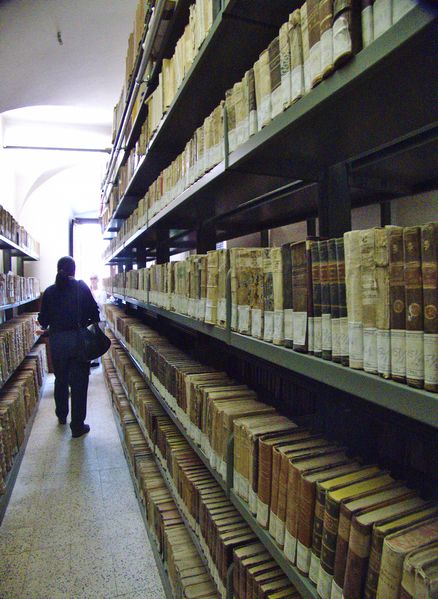
and the altarpiece from the church created by della Robbia is in the Jesi Art Museum.
The monks returned in 1874, the last of whom left the complex around the 1920s. Now it is privately owned and there are open door days, weddings (our fellow blogger Elke celebrated here her wedding), retreats etc …
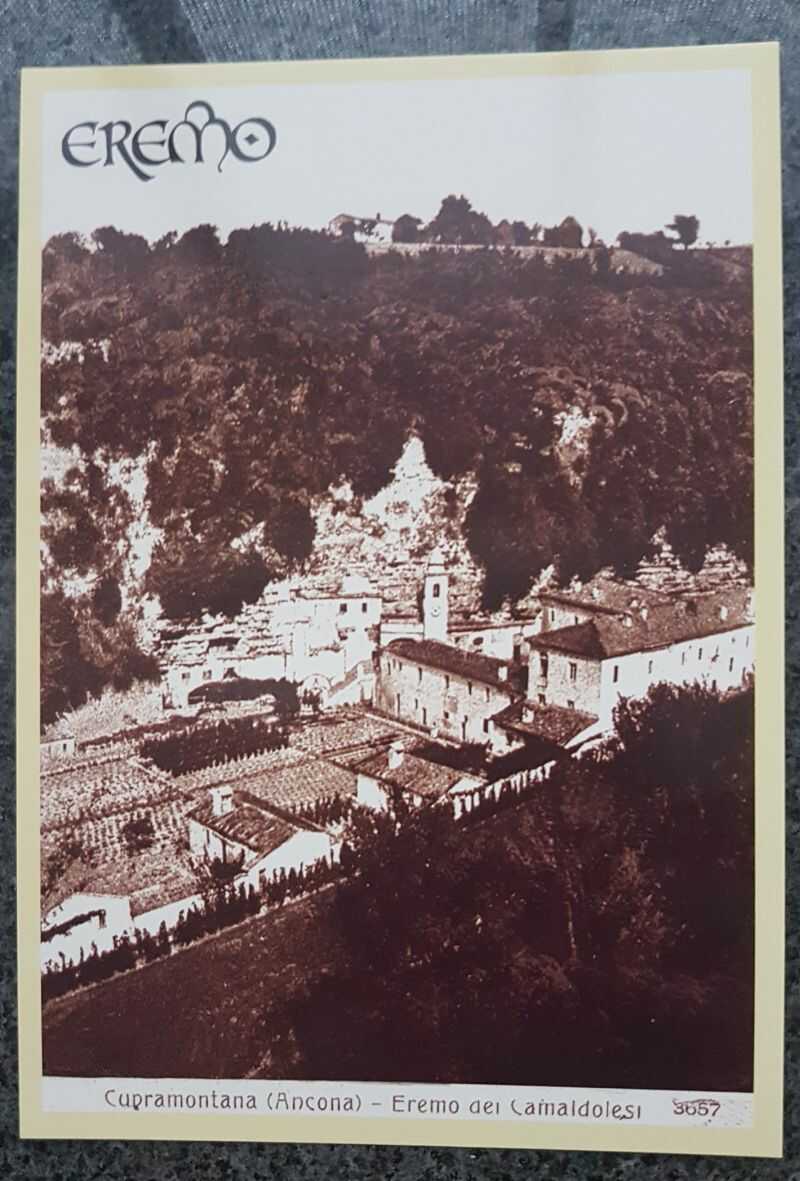
We return to the main road and drive about 7km further towards Apiro, to the Saint Urbano abbey. Pay attention! at some point turn right, the sign already indicates the name of the abbey, and then cross a bridge and turn left here.
Now just keep driving straight along beautiful fields to finally reach the Sant’Urbano abbey. There are enough parking spaces here!
We wrote an article about it once, in which the Camaldolenzer monks are found as the point of contact between the 3 church buildings. This 11th century Romanesque abbey also belonged to them.
The order, based on the “ora and labora” way of life of the Benedictines, was founded by San Romualdo in the 11th century in Camaldoli (Tuscany) and received many followers in Le Marche. He eventually died in the Val di Castro Abbey of Fabriano. His body is in the Santi Biagio and Romualdo church in Fabriano, while an arm can be seen in the cathedral of Jesi.
The Sant’Urbano abbey also has a restaurant La Locanda dell’Abbazia di sant’Urbano, so you can even end your tour culinary!
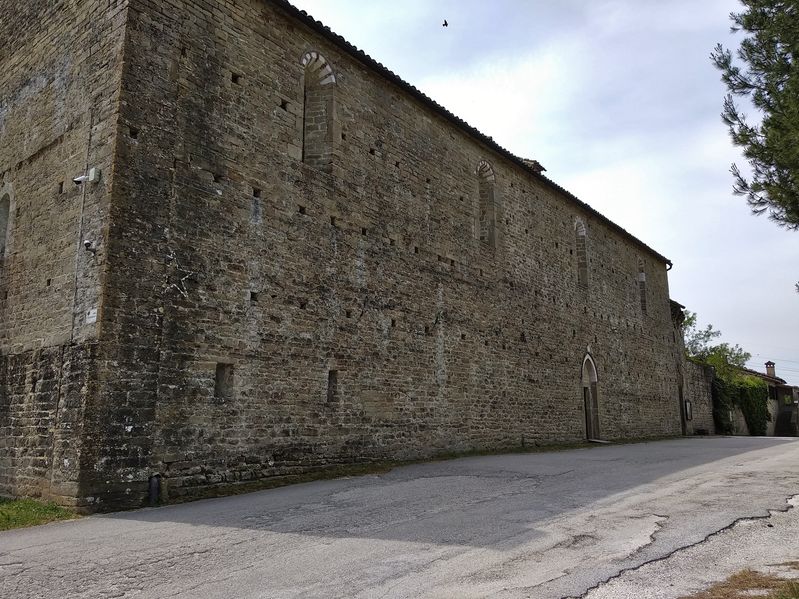

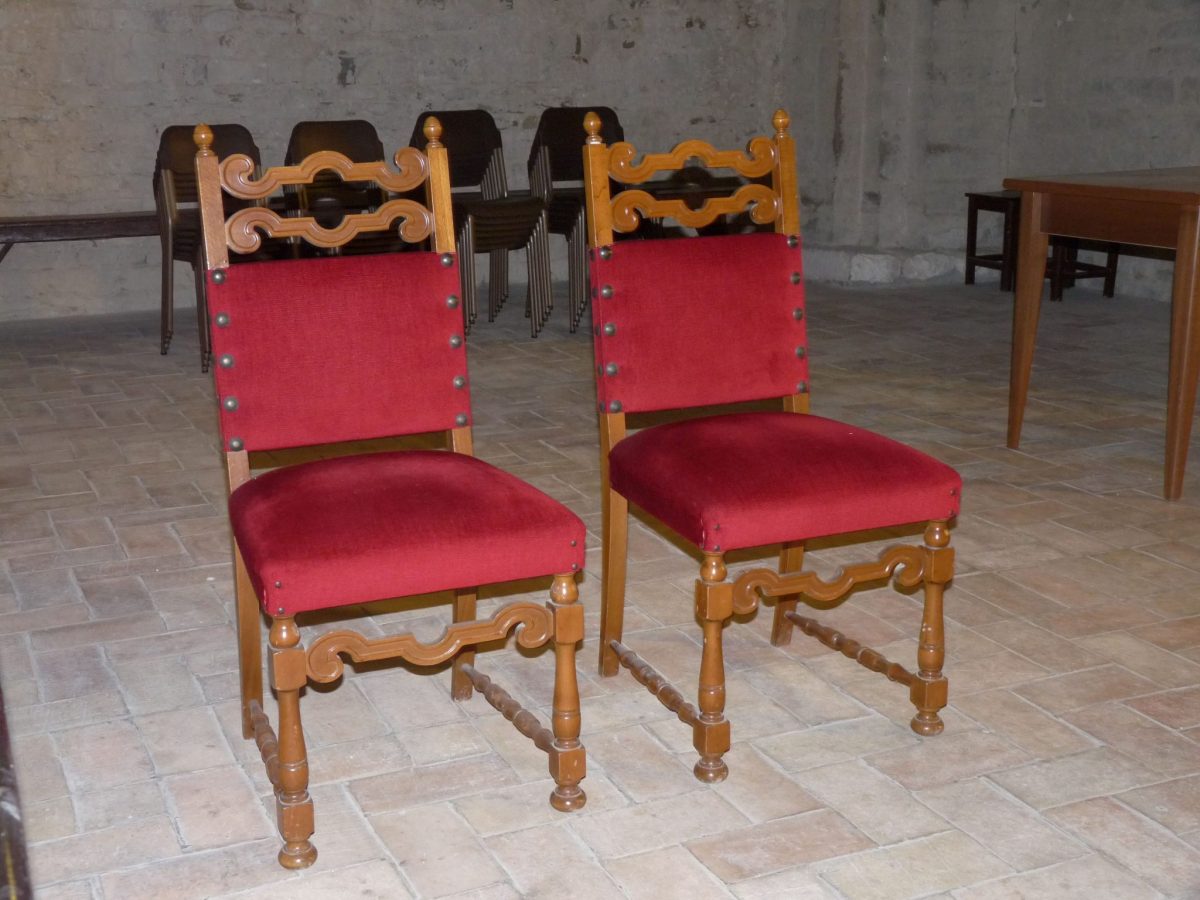
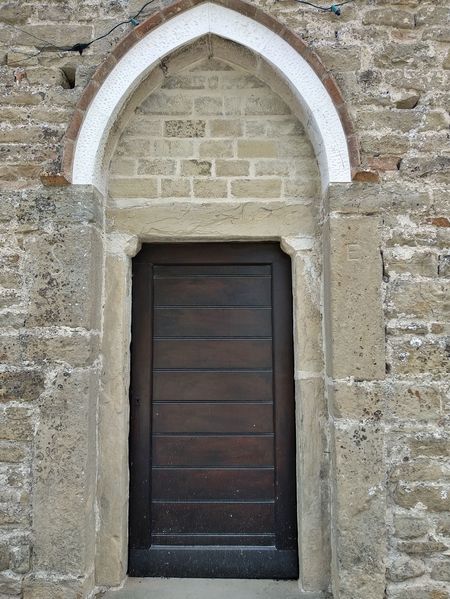
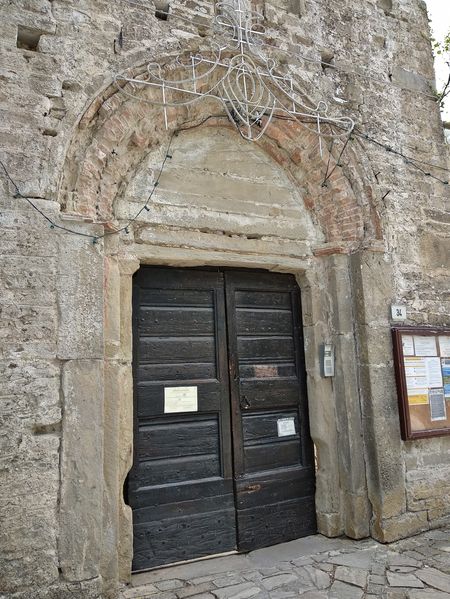
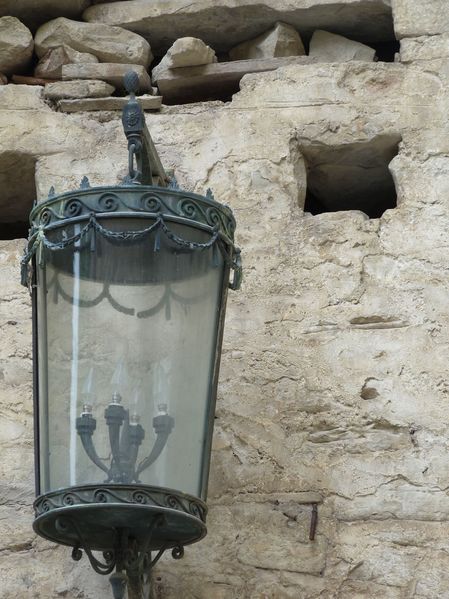
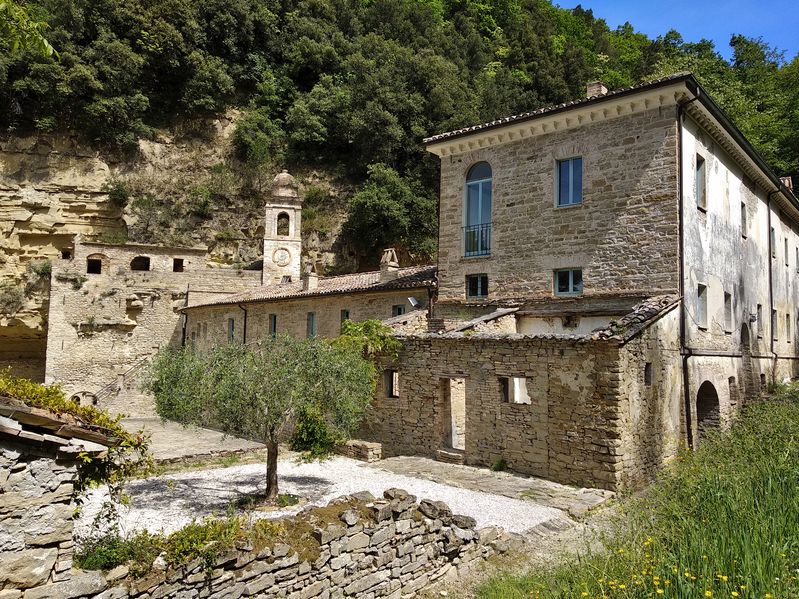


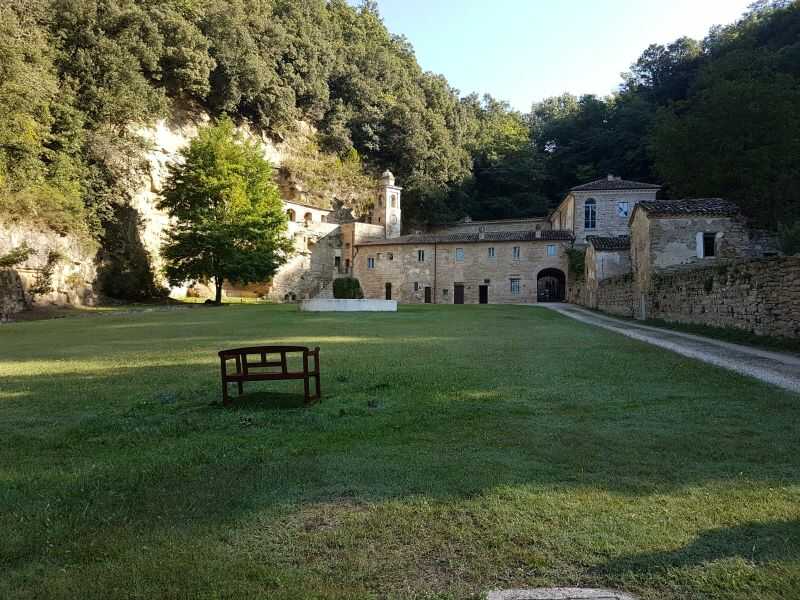
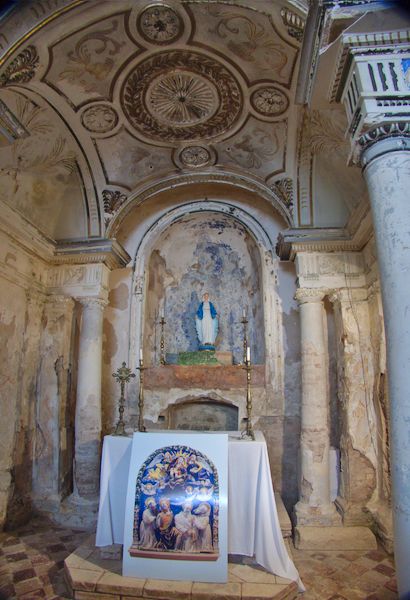
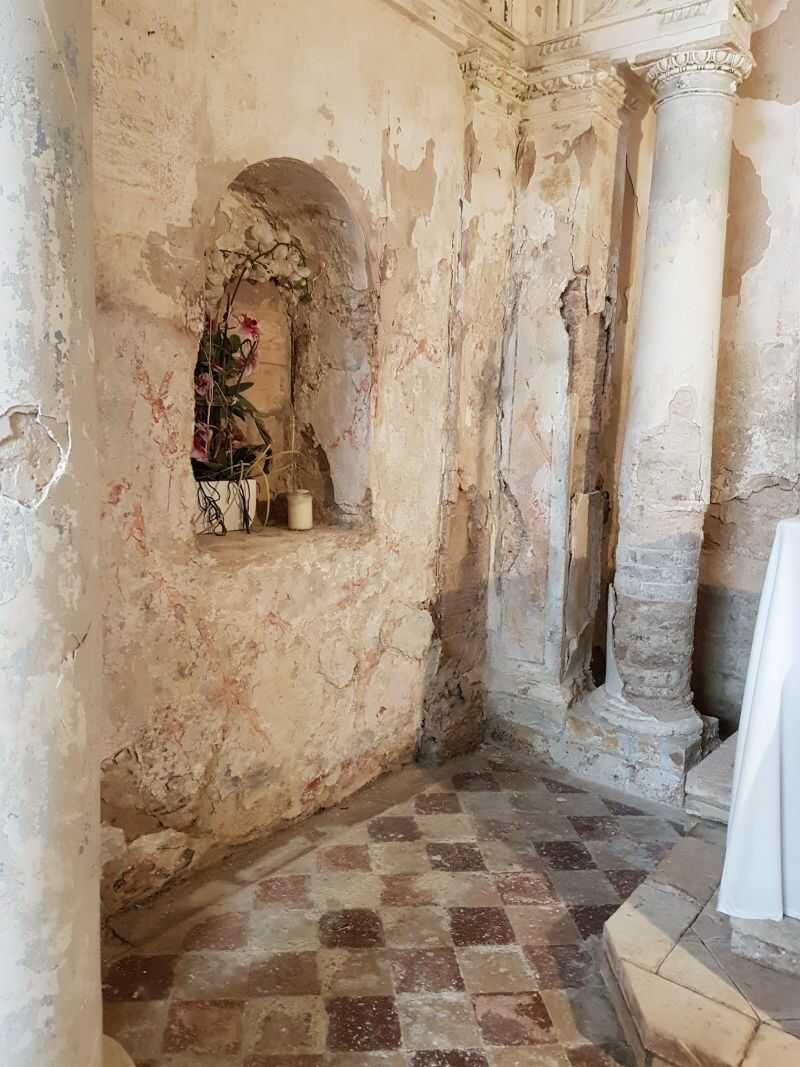
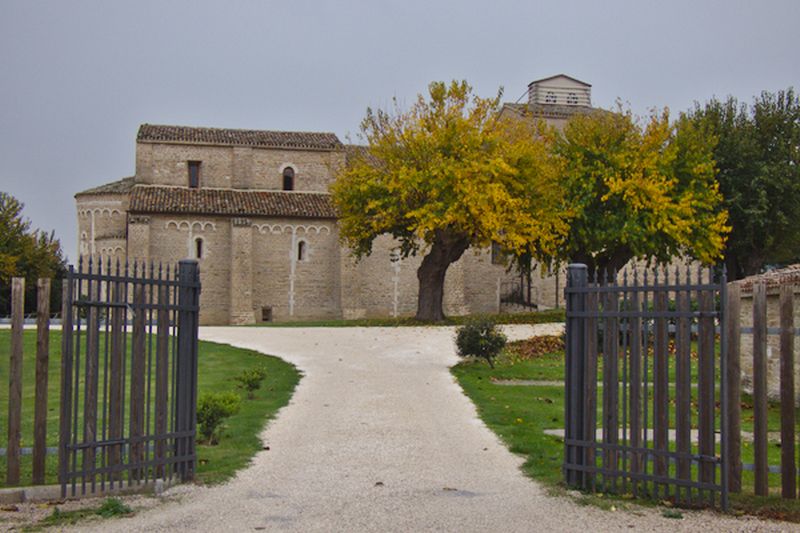
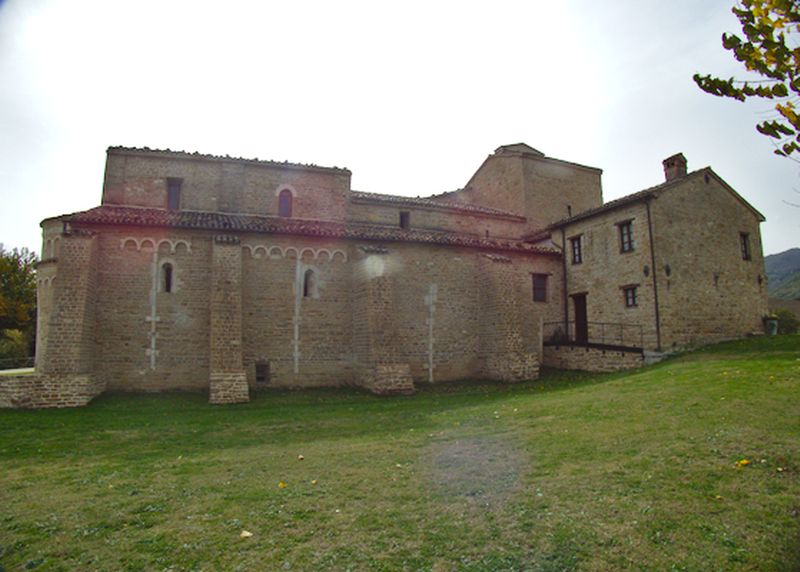
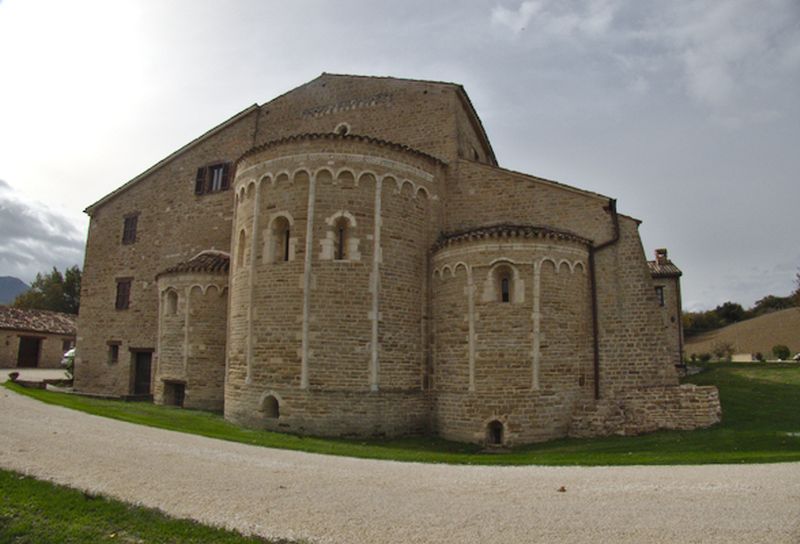

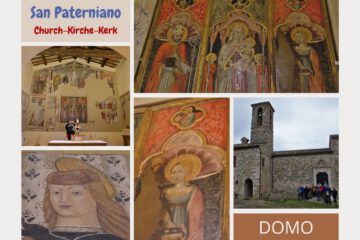
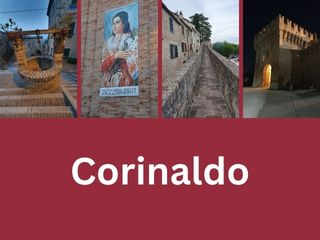
0 Comments